
When it comes to embarking on a mountain hiking adventure, selecting the appropriate gear is crucial for both your safety and enjoyment. Whether you’re planning a short-day hike or a more extended excursion, having the right equipment can make all the difference. Let’s delve into how to choose the right hiking gear for mountain hiking, considering factors like duration, terrain, weather conditions, and personal preferences.
Understanding Mountain Hiking
Before we dive into the specifics of gear selection, let’s clarify what mountain hiking entails. Mountain hiking involves trekking through diverse terrains, often characterized by rugged trails, varying altitudes, and unpredictable weather conditions. Whether you’re scaling steep inclines, traversing rocky paths, or navigating through dense vegetation, mountain hiking demands durable and reliable gear to ensure your safety and comfort throughout the journey.
Gear Selection Guide
1. Daypack Selection
A suitable daypack serves as the cornerstone of your hiking gear ensemble. For shorter hikes lasting two hours or less, opt for a lightweight bottle sling or waist pack that allows you to carry essentials like water, snacks, and a phone hands-free. For longer outings, invest in a 10 to 20-liter daypack with ample storage space for additional layers, a first-aid kit, and other essentials. Consider factors like fit, comfort, and features such as hydration compatibility when choosing a daypack.
2. Clothing Considerations
Selecting weather-appropriate clothing is crucial for mountain hiking, where conditions can change rapidly. Opt for moisture-wicking fabrics that keep you dry and comfortable, and dress in layers to regulate your body temperature effectively. For warm and sunny days, choose lightweight, breathable attire that offers sun protection. In contrast, for inclement weather, pack waterproof and insulated layers to stay warm and dry. Don’t forget essential accessories like hats, gloves, and sunglasses to shield yourself from the elements.
3. Footwear Essentials
Choosing the right footwear is paramount for tackling mountain terrain. For gentle hikes on well-maintained trails, hiking shoes or trail-running shoes may suffice. However, for rugged terrain and extended hikes, opt for sturdy hiking boots that provide ankle support and traction. Ensure your boots are waterproof and properly broken in to prevent blisters and discomfort during your hike.
4. Hydration and Nutrition
Staying hydrated and well-nourished is essential for maintaining energy and endurance on the trail. Pack an adequate supply of water, aiming for at least 1 liter per person per hour of hiking. Additionally, bring along high-energy snacks like energy bars, nuts, and dried fruits to fuel your adventure. Consider factors like hike duration and intensity when planning your food and water supply.
5. Navigation Tools
Navigational aids are indispensable for mountain hiking, especially in remote or unfamiliar areas. Carry a detailed map and compass to help you stay on course, supplemented by GPS devices or smartphone apps for added convenience. Familiarize yourself with your chosen route beforehand and have backup navigation methods in case of technical failures or poor connectivity.

6. Emergency Preparedness
Prioritize safety by equipping yourself with essential emergency supplies. Pack a comprehensive first-aid kit containing bandages, medications, and wound care essentials. Carry emergency shelter options like a lightweight tarp or space blanket, along with signaling devices such as a whistle or mirror. Additionally, share your hiking itinerary with a trusted contact and carry personal identification and emergency contact information.
7. Health and Hygiene
Maintaining hygiene and addressing personal health needs are vital aspects of mountain hiking. Pack hand sanitizer, toiletries, and any necessary medications to ensure hygiene and comfort on the trail. Consider factors like menstrual care products and insect repellents to address specific health concerns based on your needs and preferences.
8. Sun Protection
Protecting yourself from sun exposure is crucial for avoiding sunburn and heat-related illnesses during mountain hikes. Apply sunscreen with a high SPF rating, wear protective clothing like hats and long-sleeved shirts, and use sunglasses to shield your eyes from harmful UV rays. Don’t forget to reapply sunscreen regularly, especially if you’re sweating or exposed to water.
9. Gear Maintenance and Care
Proper maintenance and care of your hiking gear are essential for maximizing its lifespan and performance. Clean your equipment regularly, paying attention to footwear, clothing, and hydration systems. Apply waterproof treatments to boots and rainwear as needed to maintain their effectiveness. Store your gear in a dry, well-ventilated area when not in use, and inspect it for any signs of wear or damage before each hike.
Conclusion
Choosing the right hiking gear for mountain hiking involves careful consideration of various factors, including terrain, weather conditions, and personal preferences. By selecting durable, functional equipment tailored to your specific needs, you can enjoy a safe and fulfilling hiking experience in the mountains. Prioritize comfort, safety, and preparedness when assembling your gear ensemble, and remember to maintain and care for your equipment to ensure its longevity and performance on the trail. With the right gear and mindset, you’ll be well-equipped to tackle any mountain adventure with confidence and enthusiasm. Happy hiking!

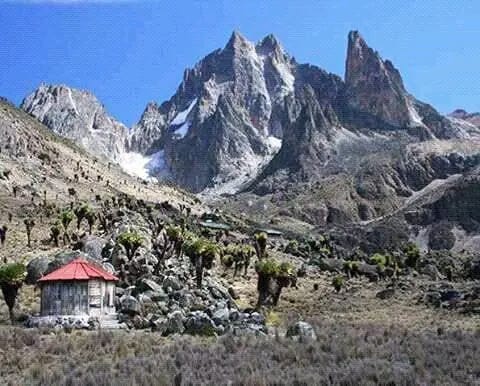

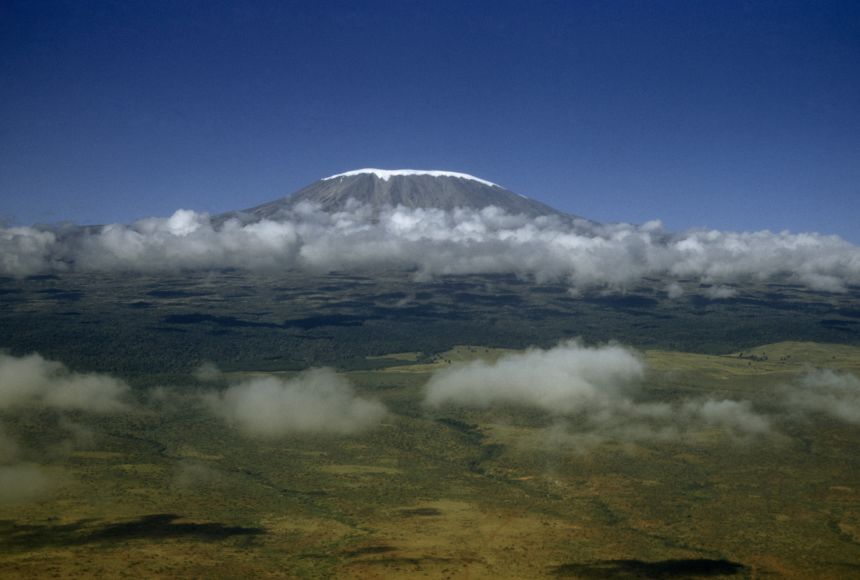

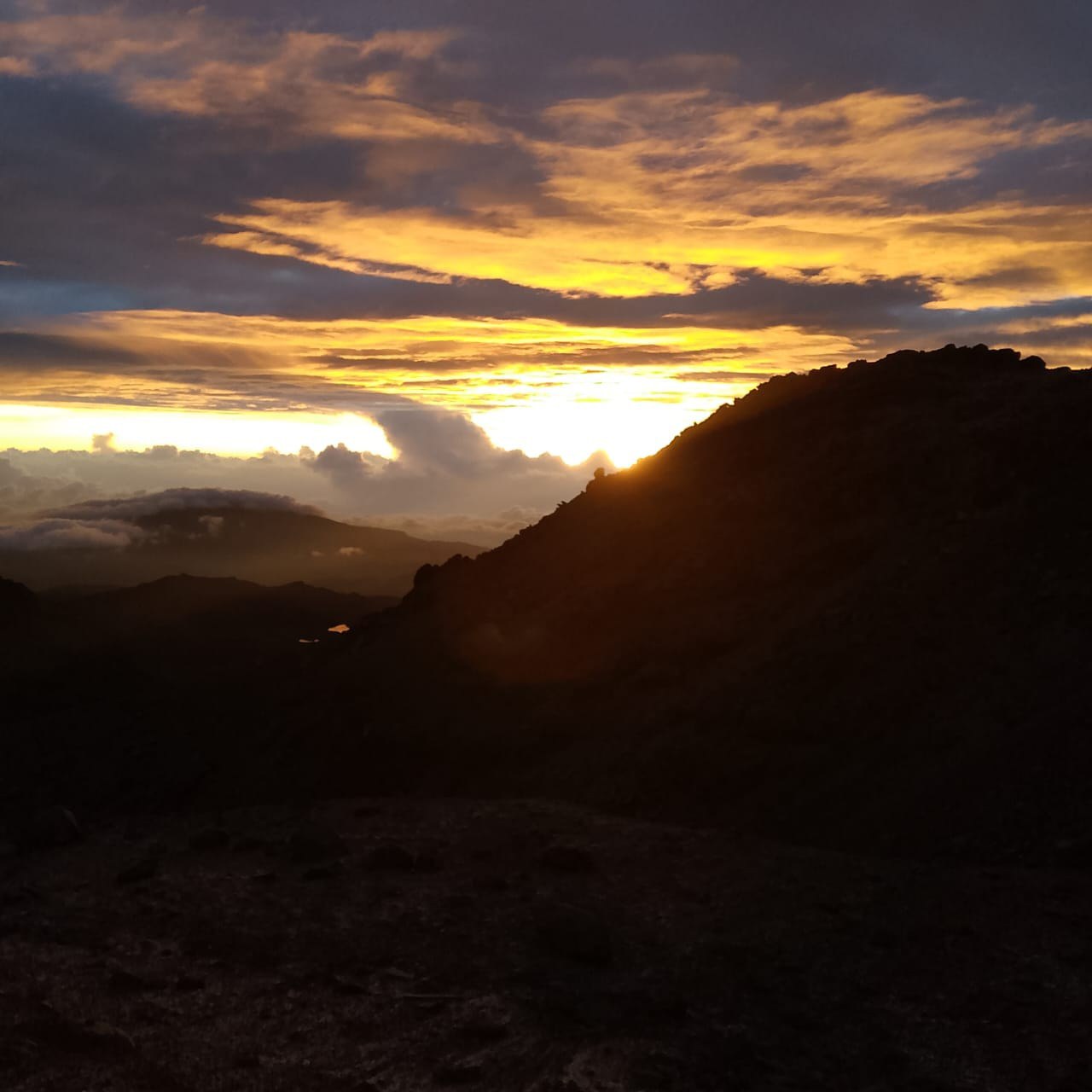
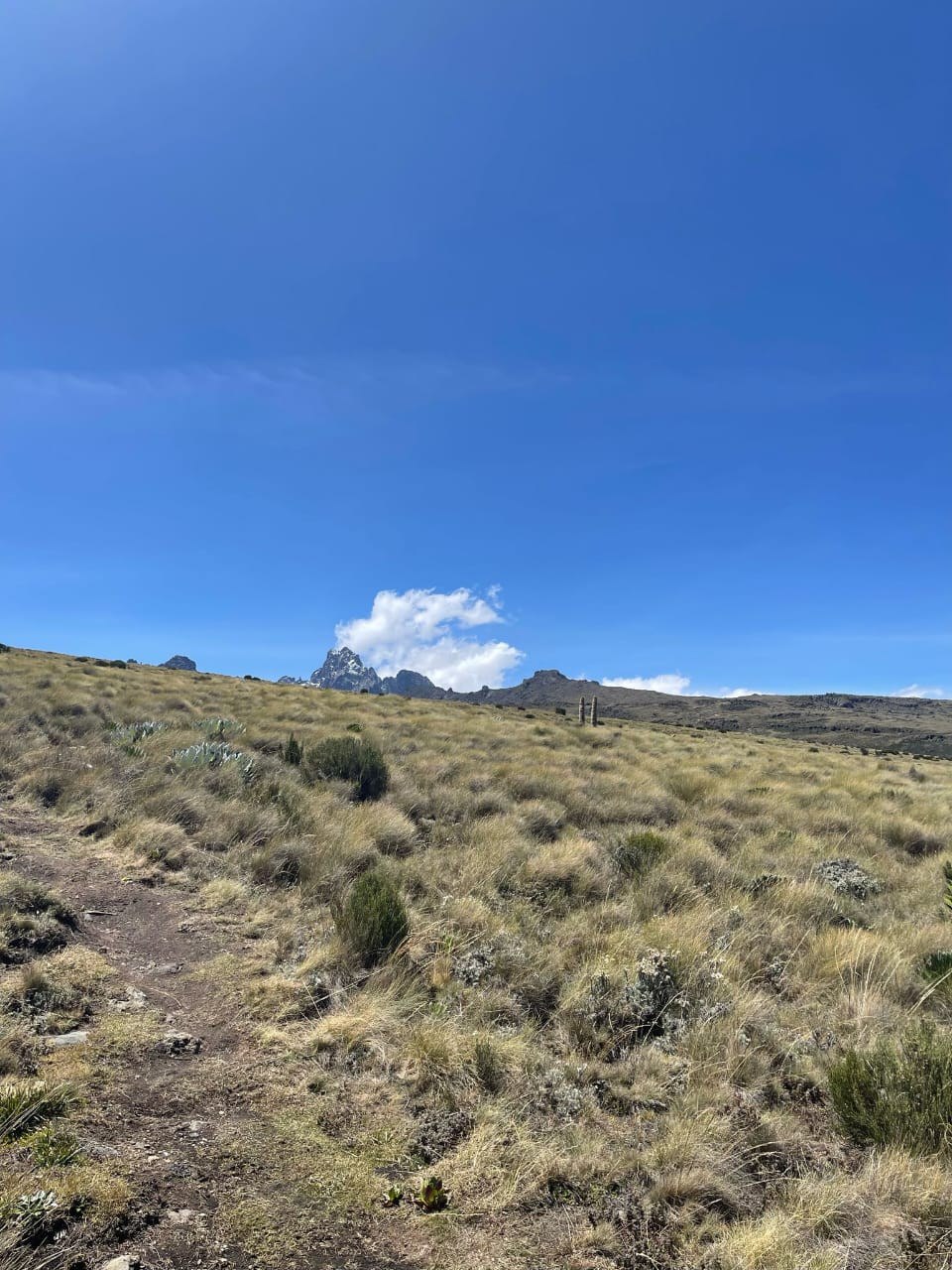

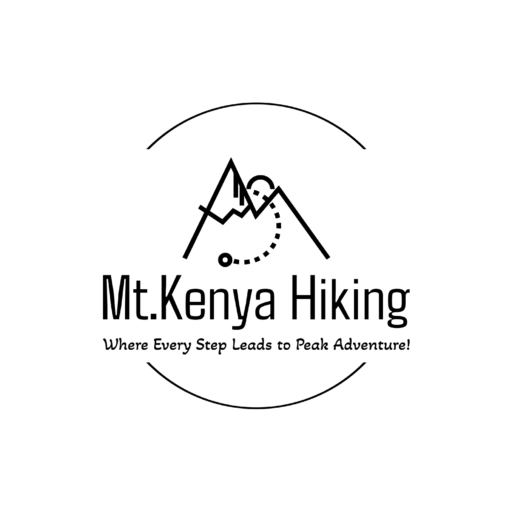
Comments (2)
zoritoler imol,
12 December, 2024Very well written post. It will be beneficial to anyone who usess it, as well as yours truly :). Keep doing what you are doing – can’r wait to read more posts.
vorbelutr ioperbir,
11 November, 2024Hello there, I found your website via Google while looking for a related topic, your web site came up, it looks good. I’ve bookmarked it in my google bookmarks.